In the last episode, I encountered unexpected chicanery and duplicity when it came to adding to my collection. During my childhood, comics took me out of the world. In adulthood, they pushed back me into the world. Collecting comics also made me see money in a different light. When I ran short on unread comics I had to return to the editing rooms to recharge my pockets, so I could buy more.
I wish I could say that the previous episode marked an end to comics and criminality. It didn’t. Read on!:
Back from the States I was missing my partner KK and her son Arrow. KK was set to complete a course in design and then move back to London. In the meantime, I’d travel to the States as often as possible to see them. I was keen to get back to KK of course, but there was also the elderly couple we’d met by chance who had an enormous collection of rare comics in their hands, and were keen to sell…
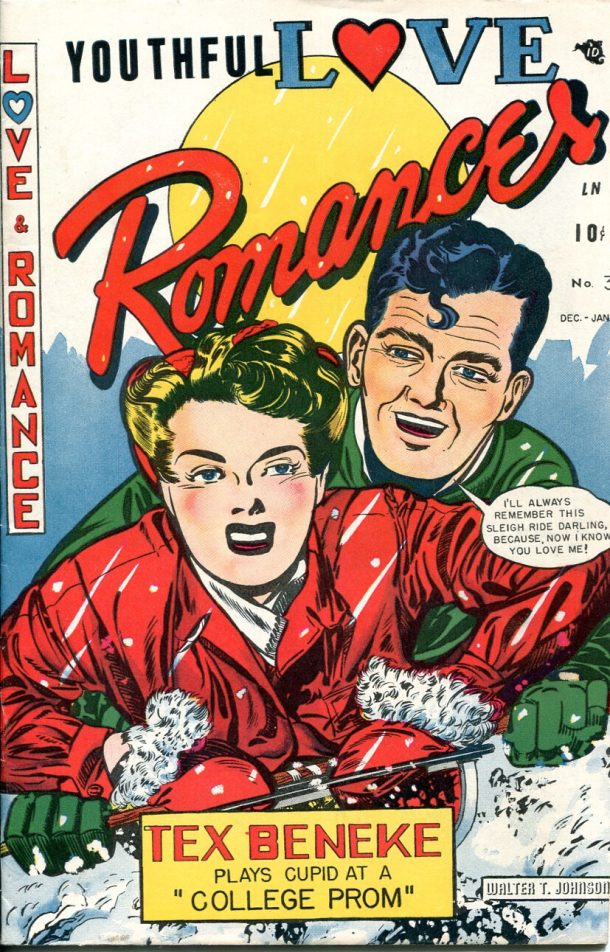
Lindsay Anderson, the film director, was my mentor. He put me on a stipend to help me become a writer. It was an encouragement rather than enough to live on: I had to sign a contract giving him first option on whatever I wrote. He was always disdainful of my passion for comics, but on this occasion, for once, nothing was said about the subject.
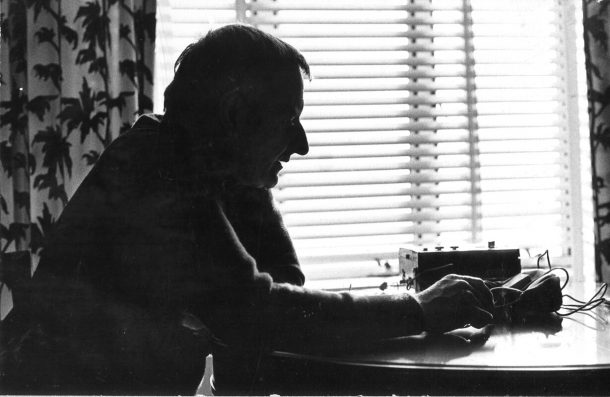
With the first outline I presented, he had nothing to say except that I should read it in ten day’s time. I put it away and read it ten days later. I tore up what I’d written!
Inspiration came from an unlikely place. I got a telephone call from Holland. It was the American redheaded starlet I went out with, who I had envisaged as the comics icon, Brenda Starr.
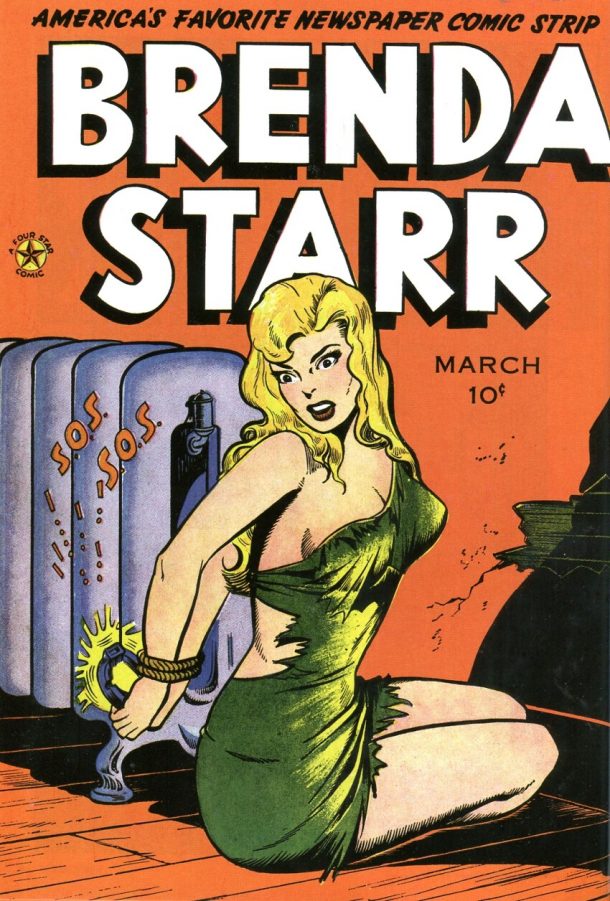
She told me she knew an Italian art dealer who lived in my neighbourhood. She wanted me to find out what happened to him. What I found out was straight out of an EC suspense comic…
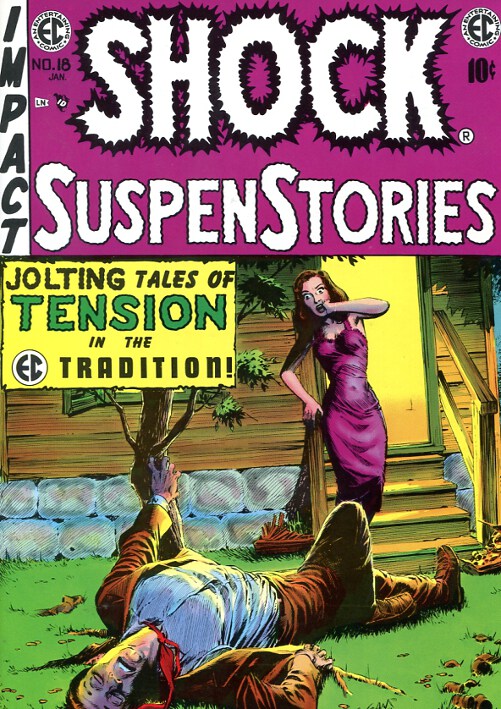
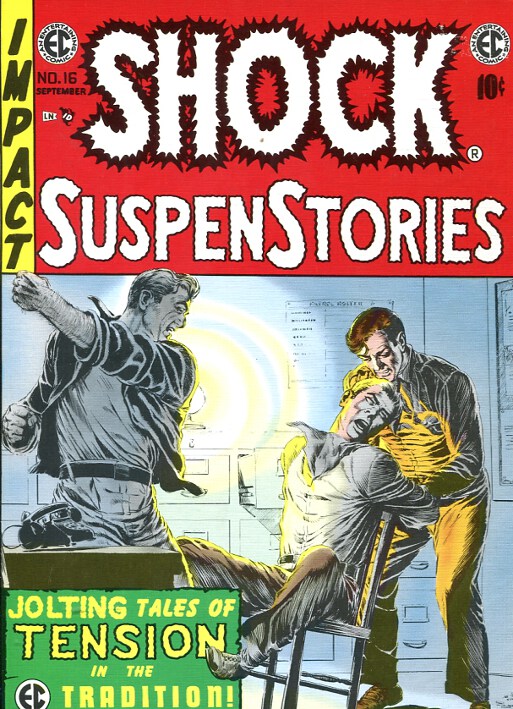
The dealer has been found murdered, but that was not the whole story. I met up with a slim-hipped chap who carried a leather handbag, and associated with shady, up-market characters. He knew the infamous starlet from Holland. It turned out that he had walked into the murdered art dealer’s flat right in the middle of the forensic examination. Consequently he spent a night in jail but emerged scot free. No questions were asked. Even more strangely, there was no reporting about the murder anywhere. Swearing me to secrecy, he told me that the victim had letters carved into his torso and other mutilations that suggested a ritual killing. It was ages before the murder got mentioned in the press. But it happened not long before the another murder – that of the “Pope’s banker” Roberto Calvi, who was found hanging under Blackfriars Bridge. Calvi supposedly had connections to the shady arcane religious order P2, and the art dealer’s death was connected. Was my informant a reliable witness? I was fascinated. The starlet phoned again, but this time to urge me to drop the investigation. But I had already begun a screenplay outline for Lindsay, based around the art dealer, the murder and the papal links. Lindsay wanted a project for an actor he favoured and was directing in Hamlet. However, when the Pope came into the plot Lindsay’s interest suddenly waned, and we dropped the entire idea for the screenplay.
I was disappointed, but Lindsay thought I should go off to the States to that girl I was so keen on, and to buy comics. It was the first time he’d spoken about comics without being derisory. After I’d dealt with that, he’d have a manuscript for me to read which I might want to turn it into a screenplay. I was keen to get back to KK, and get to the elderly couple. Sometimes I thought Lindsay was more than prescient.
I flew to Oregon, to KK and Arrow. She had already set up my visit to the elderly couple. We parked opposite a paint peeling semidetached house reeking of neglect on the outskirts of Portland. The couple gave us milky, weak tea before the biggest room in the house was unlocked for my benefit. It was completely dark in the daytime and the windows were inaccessible. The door didn’t quite open. I squeezed in. The overhead light was switched on… I thought I was going to pass out. I’d woken up in Valhalla!
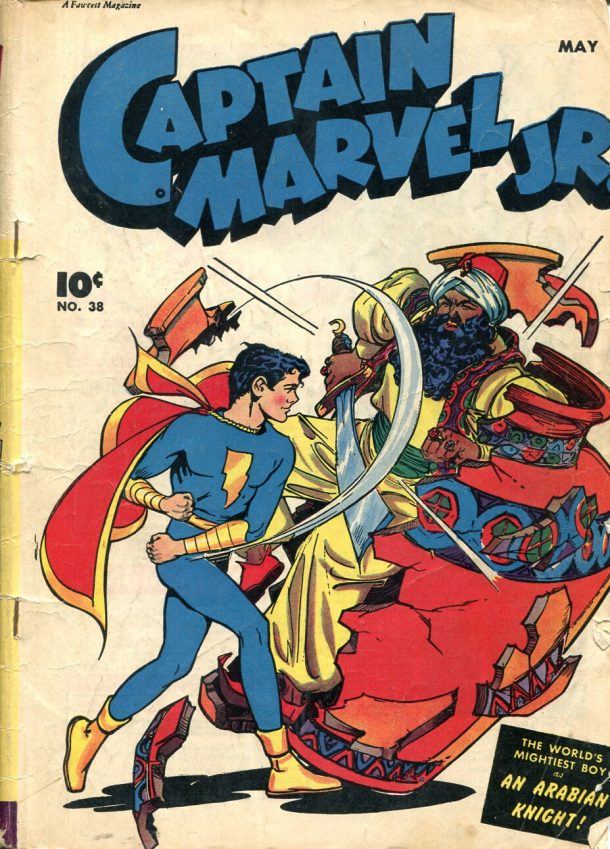
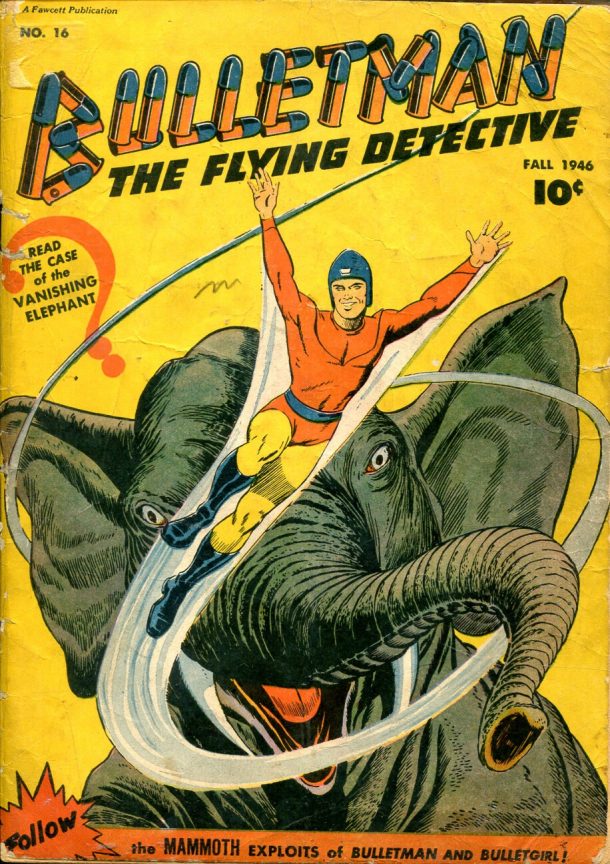
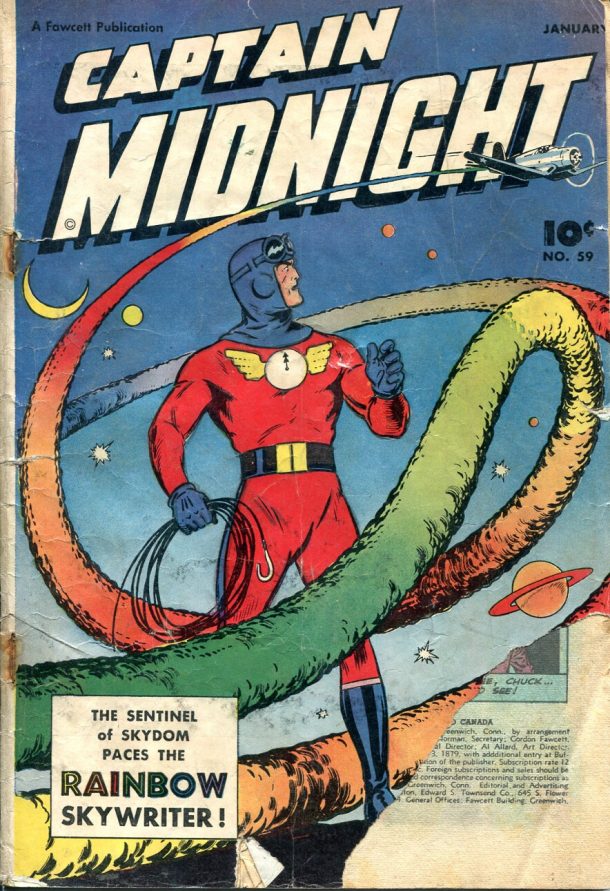
There were piles of comic books shoulder-high everywhere. I had entered an Aladdin’s cave. From the corridor outside, KK, the woman and Arrow watched me wriggling between the stacks. Rapidly, but delicately I set to. I moved cautiously – it was hard to manoeuver – difficult not to bump into some pile full of priceless gems, or tear a cover. The three of them ferried the comics across the corridor and stacked them onto the kitchen table. I avoided what I knew were the most valuable. My mind dwelt on acquiring quantity over quality.
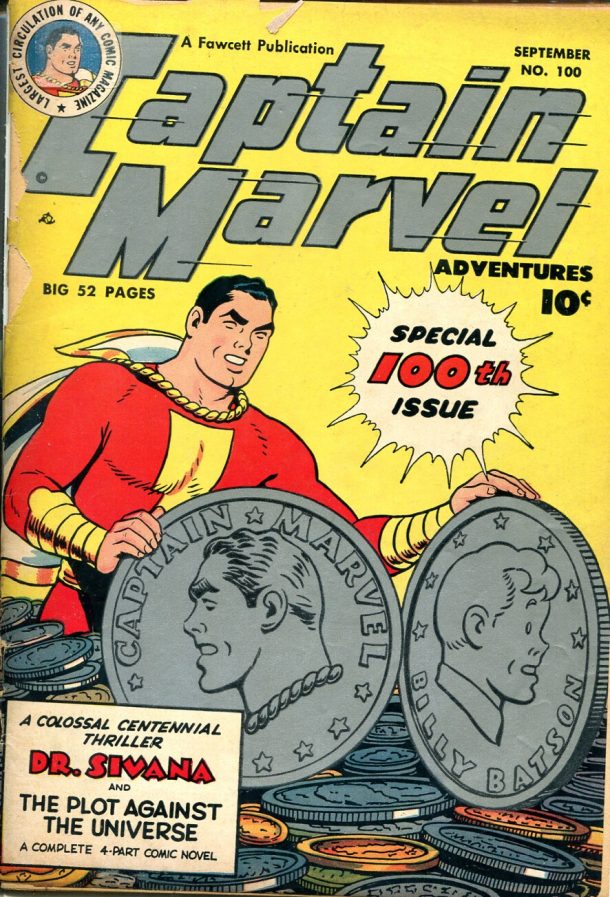
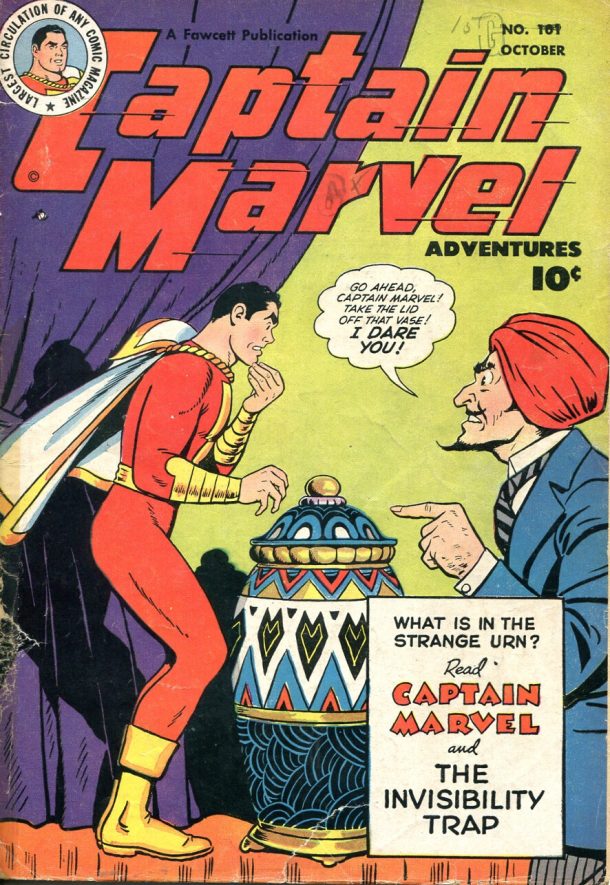
Looking through the collection, it was clear that the dead brother’s taste was similar to mine. The elderly woman brought out the Overstreet guide – the standard text for the valuation of comics. Money changed hands. They were happy and I was ecstatic. We left with as much as we could carry, assuring them that I’d be back as soon as I could. The woman said next time she’d take us to see her late brother’s house. She told me that it tilted because of the weight of his collection. Not only were there vast stores of comics, but also an enormous collection of Mechanix Illustrated and other magazines.
On the next visit, to the house, after buying more, we strolled past a street of bleak housing to the brother’s house. We reached a densely green district, and a large two storey wooden frame structure set apart from the rest, and practically hidden behind the trees. If it had been on a hill it would have been a dead ringer for the house in Hitchcock’s Psycho. The couple were not exaggerating – It tilted visibly, prevented from falling entirely by the trees and a shroud of greenery. Everything about it was dark. KK and I pressed closer together as we ascended the wooden staircase cautiously, the wood squealing under our weight.
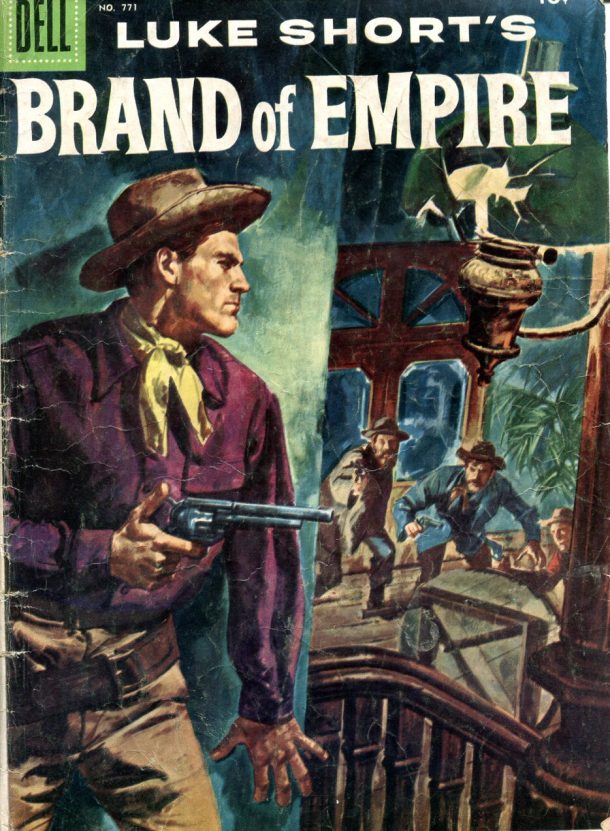
The attic, where the collection had been kept had the only sunlight in the house. Creaking floorboards and rising dust followed us around the room. Traipsing through the emptiness we went back downstairs. Our guide secured the wooden shutters, which clattered with an independent spirit. Outside, neither KK nor I felt the slightest hint of wind. We discussed the selling of the collection. Of course, I couldn’t possibly afford to buy the lot, but the inheritor of the comics had almost given up her search for the right dealer. She had no idea about how to market the comics. I said I’d have a think about the matter, and try and find a suitable dealer for them.
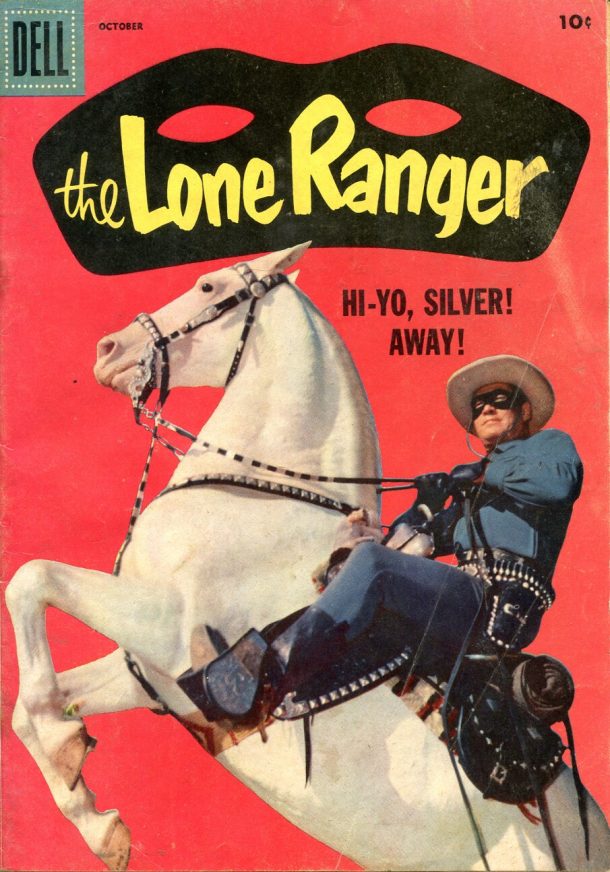
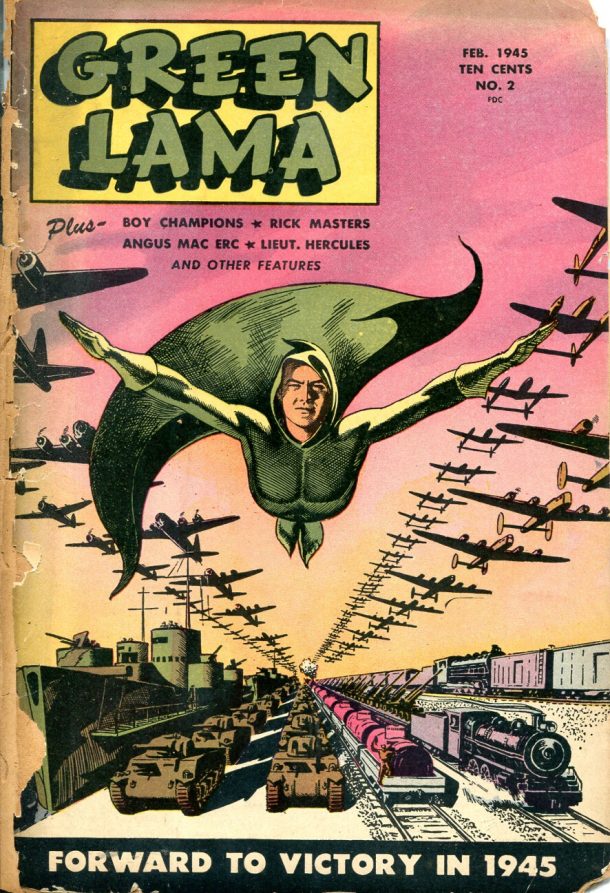
Before we left, there was a parting gift to thank us. There were some cardboard boxes in the basement the older sister insisted KK might appreciate. The strange story of her younger brother unfolded. He never left the house once in thirty years. He saw no one, and nobody spoke to him. Food was prepared for him and left on the porch outside the front door. His sister opened the largest box in the basement. It contained the best of her dead mothers’ silk night apparel.
The Psycho comparison was not far from the truth. It transpired that, like Norman Bates, her late brother wore his mothers’ clothes. They only knew he had died because of the accumulation of rotting uneaten food on trays and plates the porch. The sister held up a turquoise night gown and waved it in the air to show that it was pure silk. Diplomatically, we thanked her, and squeezed the box of silks into the boot of the car with the comics. There was an unpleasant smell about box. The generous gift went straight into the garbage when we got home.
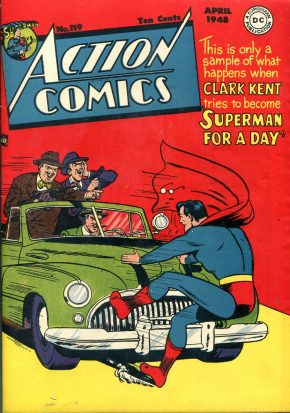
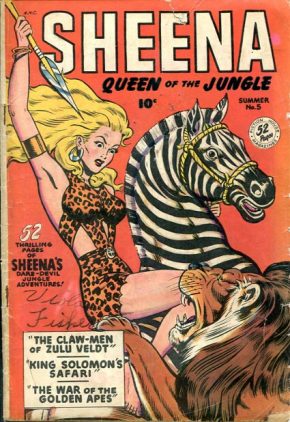
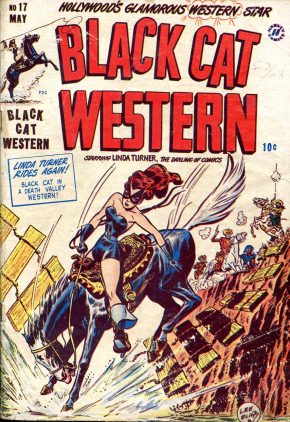
Even though I’d overreached my intended budget on this trip a zillion times, we still decided to spend a few days scouring the local comic book shops, this time venturing a little further afield. I was intrigued by a large shop in a desolate part of town that I hadn’t seen before. It was in a remote street where there were few people and scant greenery. It sat in a gravel-surfaced parking lot, speckled with a few beat-up looking cars. There were a few adjacent shops, but they looked semi-deserted.
Inside, the shop was spic and span, and orderly. They had some interesting stuff, but nothing exceptional. I wasn’t impressed, and everything I saw was take it or leave it. It struck me as odd that, aside from us, there were no customers, and none came while we were there. We visited the shop a few times over the next weeks, and we never saw another customer in that shop.
The place was owned and run by a mother and her two daughters, all very overweight. The two daughters flitted about, sorting comics and dusting shelves. It was a hive of activity except, for the mother. She did not stir from the high canvas chair next to the cash register where she sat immobilized, eating chocolates non-stop. I asked her if she knew about the Tijuana Bibles. She laughed. She’d never stock that sort of thing. She knew how rare they were but she couldn’t sell that kind of stuff, it wouldn’t be proper. Anyway, it was Sunday and they’d be closing early because they had to get to church. She was surprised I had such interests, but also admitted she’d never seen the strip. What were they? They weren’t in the Overstreet guide, she said. I told her they were underground satirical primers from the 1930s that targeted celebrities from Churchill to Mae West. They were small, witty, and usually explicit. Across the States, the bibles were printed in the same format. The printing presses were moved around, and no creative names ever surfaced, so no one got caught or prosecuted. But no one was safe from the scurrilous and obscene wit of its creators.
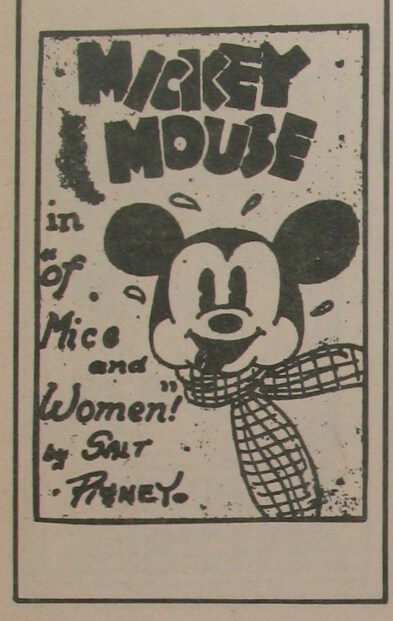
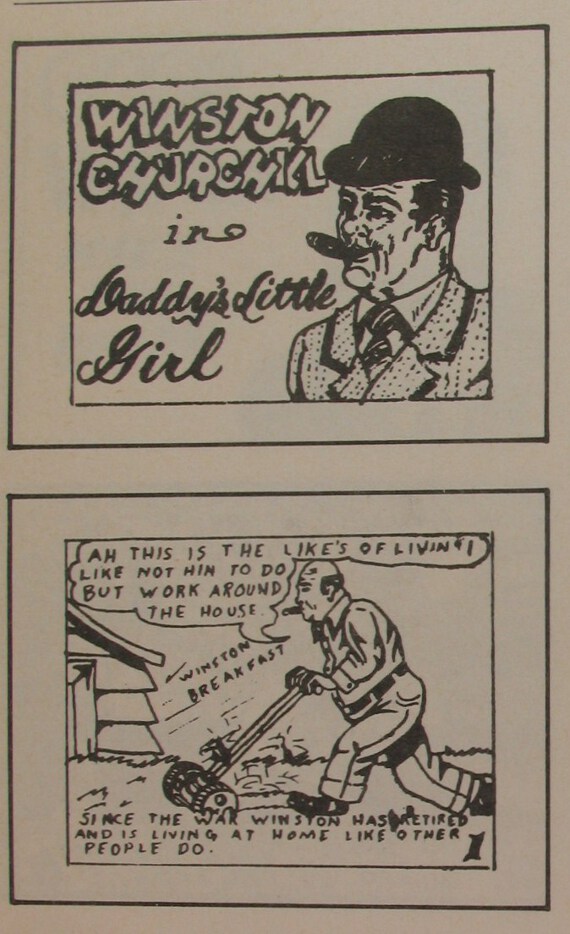
The whole setup in that shop was pure Dick Tracy. It was a great place, a veritable ‘last chance saloon’, except without the booze, but with plenty of melancholy. It appealed to my taste for westerns. I bought a few things. They were tough on the business side, but for what I was considering – introducing them to the elderly couple – that might be a good thing. I liked them, and I thought of them as characters from Dick Tracy. It was on my mind – right then I was looking for a particular issue of Dick Tracy I’d read about, but I couldn’t find it anywhere.
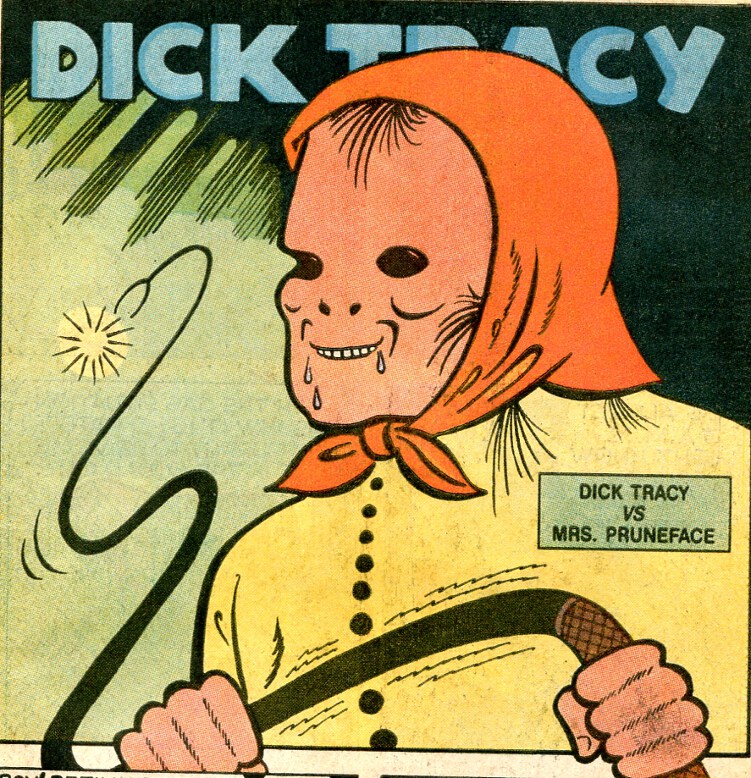

There was a big mart on just before I had to skedaddle back to London. Since I figured it might be my last visit to Portland, we went along. What comics I couldn’t take, KK would either ship back to me or bring with her when they came to London. One dealer was going to get original Tijuana Bibles from the 1930s for me, but his deal hadn’t gone through. He’d never seen any either. I told him that the Dutch had reprinted an extensive run of them in English. They were crude but brilliant.
At the mart, I was searching for the dealer who’d taken me to the bank vault where he stored his collection. I reckoned he would be good for the elderly couple, but he wasn’t around. That didn’t worry me until I telephoned and spoke to his wife. His wife recognised my accent but she couldn’t help me. He wasn’t contactable. He’d been called up and gone to work as a chef for the army. When she next had contact, which could not be soon, she’d pass on something. Maybe I’d have better luck on my next visit. I couldn’t think of another dealer, and I wouldn’t be back for a while, since we were all moving to London.
I had considered putting the elderly couple and the overweight family in contact, but I wasn’t sure. Finally though, I hadn’t felt I’d connected with any other dealers in Portland. Nothing appropriate for the collection anyway. I brought it up with KK. She said the elderly couple could decide for themselves. Anyway, there was nothing to lose. We went back to the shop. They offered to look into it. I warned them that the husband and wife were fragile and unworldly. I wouldn’t like anyone taking advantage of them. The daughters had stopped shelving and dusting. They were listening. The mother was confidently reassuring. She was familiar with taking on other people’s collections. There was nothing to worry about. She offered me a chocolate.
Before I left, we called in at the elderly couple’s place and told them that the mother and daughters comic book shop owners would be in touch. I hoped they were as good as their word. At the airport I said to KK that maybe I could get back to Portland before she graduated. I was beginning to have uneasy feelings about the mother and daughters.
Back home, I called Lindsay. He’d sorted out what he wanted me to read and consider. I left his flat lugging a massive manuscript, poorly-typed and poorly-bound. He told me nothing about its background but suggested I read it. Perhaps it could become our next film. He was pleased about KK and Arrow. He said I needed some protection from the sort of friends I tended to surround myself with!
I spoke to KK about my coming over and buying more comics from either the elderly couple, or the three women if they took it all on board. KK gave me the phone numbers I’d left with her. I called the shop. There was no answer. I called and called. Nothing. KK told me she and Arrow drove out to the shop. There was no sign of life. From what she could see the shelves looked empty.
Worried, I telephoned the elderly couple. The women came, took away all the comics and she hadn’t heard from them since. Worse, they never got paid. The only money they got was from the comics I bought. I was horrified.
Nothing of anything seemed straightforward. Had the mother and daughters been travelling to sell the collection? Or had they really absconded? There was something funny about that last call to the elderly sister. She made light of the whole business. If there was chicanery wouldn’t she have asked for my help?
Perhaps she worried I was after a fee. I heard nothing on any collector’s grapevine, but then would I have heard anything? When I was selecting items I didn’t spot a really valuable early Superman or Batman, but then I only got through examining part of the collection. In the shop encounter that first time I saw some gems − about half a dozen early fifties stuff. What happened to those? Maybe I was deluding myself and there wasn’t as much as I thought. I saw what I wanted to find – it was quite possible. I flew back to England and that was that. I never heard anything more about it again.
Trying to forget about it, I read the manuscript Lindsay had given me. It was clunky and clumsy but it was right in my flight path. It took place in post-war India. It dealt with the setting up of an airline. Everything was on the edge of falling apart. I was supremely confident. I could do wonders with it. I saw it as the chance of a lifetime. The storyline was pure Terry & the Pirates. Terry & the Pirates was arguably the most artistic, the most cinematic syndicated newspaper strip of all time, but full of racist stereotypes.

Post 2nd World War India and the coming end of the Raj with independence resonated with the setting for Terry – China occupied by the 1930s Japanese invaders. Terry and his friends were foreigners locked in a fight for freedom. I had an idea for the script, combining India and China, and it was a heaven-sent opportunity. I was thrilled. I could agree totally with Lindsay. This was it, this was what we’d been looking for − the right project.

Terry & the Pirates also had perhaps the ultimate femme fatale in the form of the Dragon Lady. Indeed, Orson Welles famously wrote a fan letter to Terry’s creator and artist, Milton Caniff in praise of her. I figured that if Terry & the Pirates was good enough for Orson Welles, it was good enough for Lindsay:
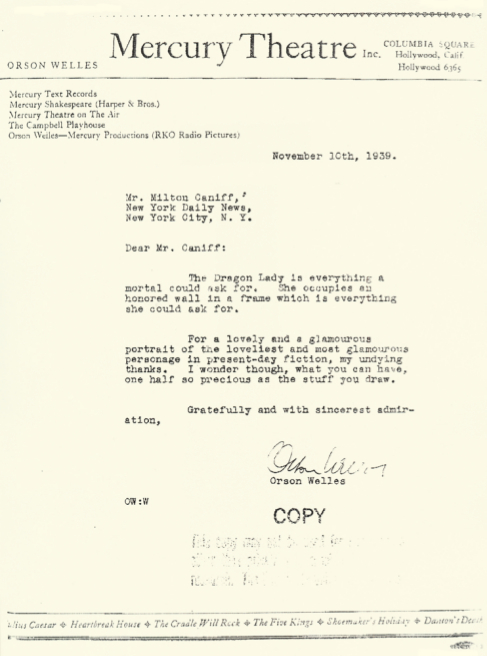
It seemed so perfect until Lindsay announced we couldn’t do it. There was no chance of it ever happening. I was devastated. All I could say was ‘why not…?’
To be continued…
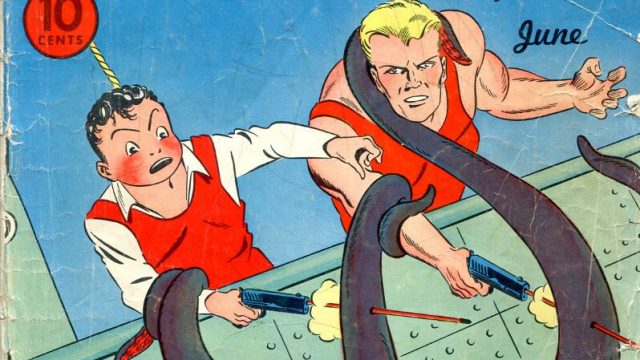
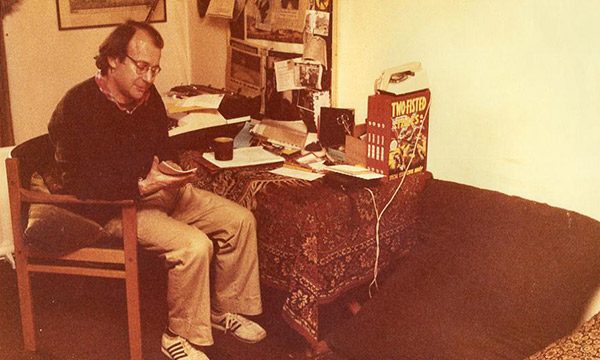
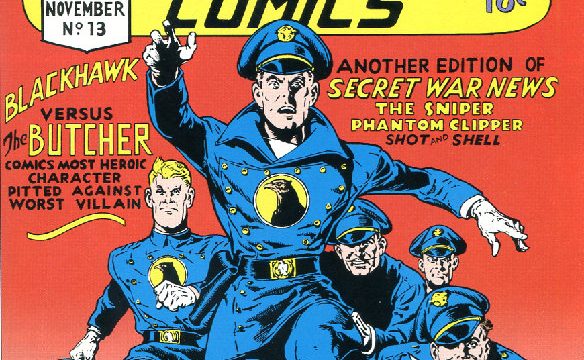
Terrific stuff, Ian. It could be a movie but would take a singularly imaginative director to handle the reality changes. It does very well as a piece of illustrated writing that goes beyond a simple affection for the comic into the realms of human emotion and behaviour and I’d be surprised if it were not taken up for publishing by a major company.
I really enjoyed reading this Ian, some lovely imagery is now playing through my mind- from the house weighed down by comics to the mother in the comic shop eating chocolates non stop!! Such rich and exciting story telling, looking forward to reading more x
I love the details in the description of the shop and the house. Can’t wait for the next installment!
Thanks for letting me read this Ian: you allow the reader to glimpse the unsettling shadows behind the characters you encounter. Leaves me wondering what happened afterwards and why? Waiting for the next installment.
Barry
Another tantalising episode. I remember the murder of the art dealer. You sure do encounter some shady characters darling. Nothing new there! Shame about thr elderly couple being ripped off, or were they? hmmm x
Ian this a great episode. One of the great nightmares for anybody with anything of any value,
must surely be to have it spirited away by tricksters.
The maternally led corpulent trio sound thoroughly hateful.
I am now about to go web hunting, for a story or three of TERRY AND THE PIRATES.
I really think that you might want to reconsider, the Catholic themed murder script.
Another eventful comic collector caper full of villains, would be villains and could be villains! I’m glad Orson Welles gets a mention here in the shape of his appreciation for the Dragon Lady. Particularly intrigued by the Norman Bates-esque comic collector, surrounded by his towering, labyrinthine collection in his crooked house …
What a great account of dusty, thrilling tales. “Collectors are happy creatures”.
Cool. Riveting material,Ian. A guy who doesn’t leave his house for thirty years is a story in itself ;- surely ? Dead art dealers and a sinister chocolate eating mama with two daughters is the kind of thing that would have David Lynch on a leash. At your door. Dribbling. Ha ha. Ah, yes. I remember KK and Arrow. Good souls. Yeah ;- classic comic covers. Someone recently found Superman no. 1 Action Comics in an attic in America ! Then again, someone gave a certain person X-Men no. 1, and several years later…..he sold it for some smoke. Silly boy. I do apologise, Ian. Something to do with being an adolescent at the time ! Anyway ;- slick writing, Mr. Rakoff. :-)
A thoroughly absorbing read as always, Ian. Full of insights, and I’m looking forward to the next instalment.
As always, a riveting read. The guy who didn’t leave his house for thirty years reminds me of the character in the book “To Kill A Mockingbird”. Same set-up, different story. I love how you fuse graphics from the comics with your text. Continue the good work and keep on keeping on.
Another terrific instalment! Who’d have thought that comic collecting would cause you to brush up against such eccentrics and such criminality. The mix of the real world and filmic references works well, alongside choice images from the classics. Only wish you had more room to flesh out some of the details. I know you’re always working towards the next cliffhanger, but would happily have it twice as long to learn more about all the shady characters!